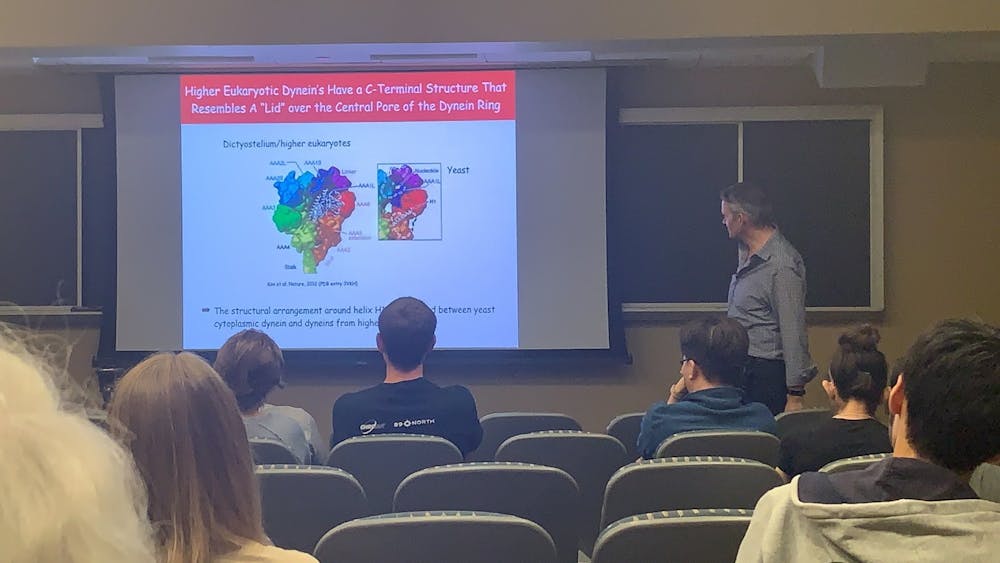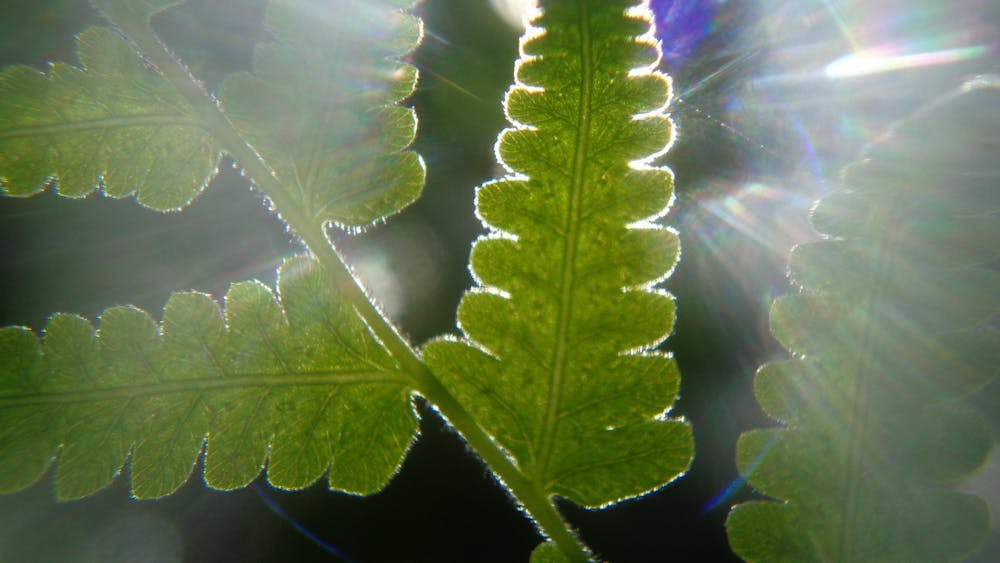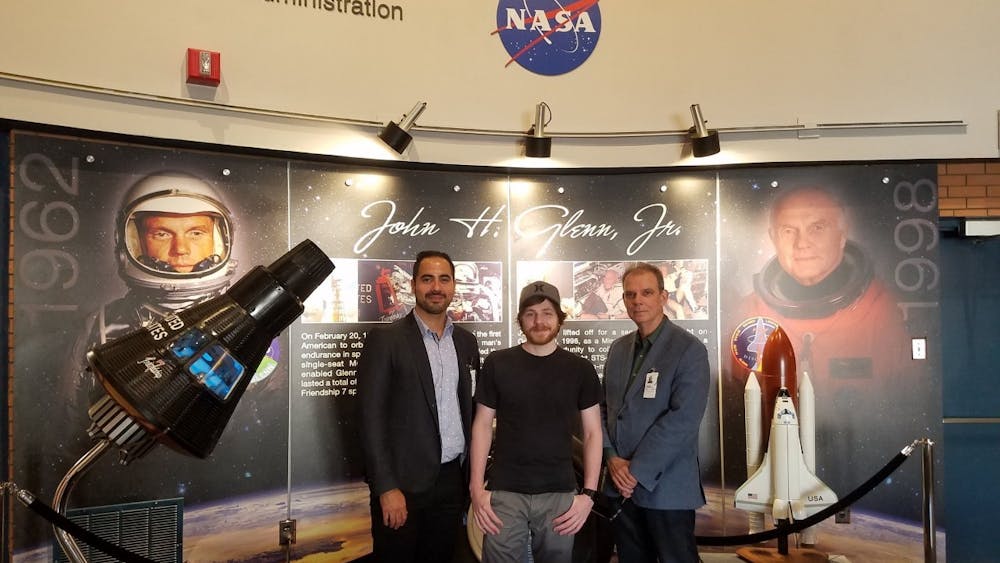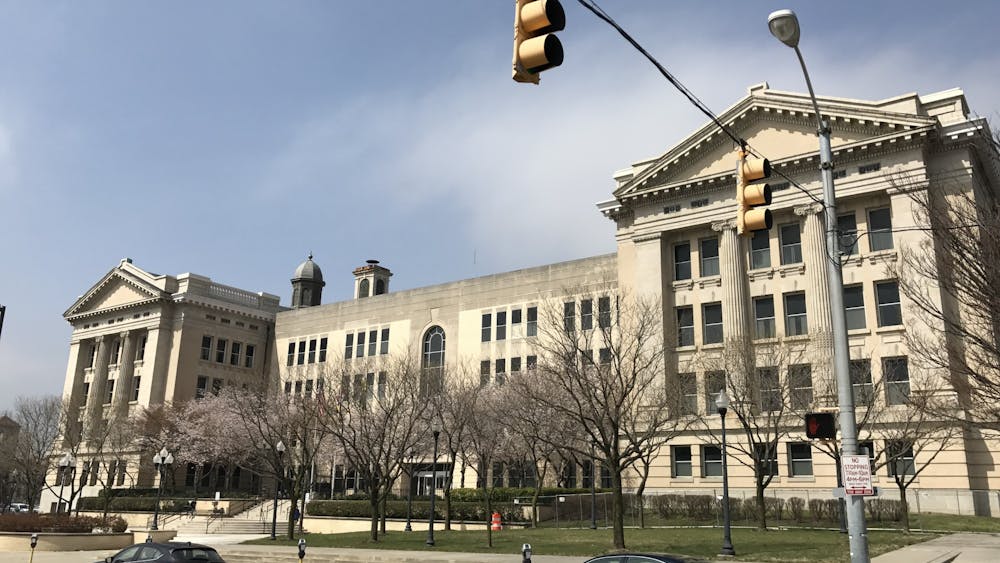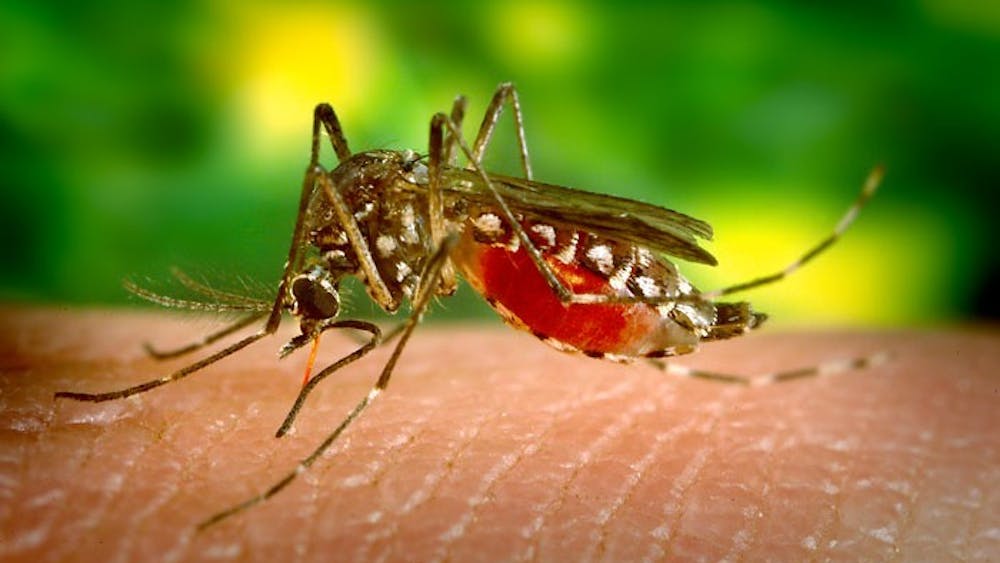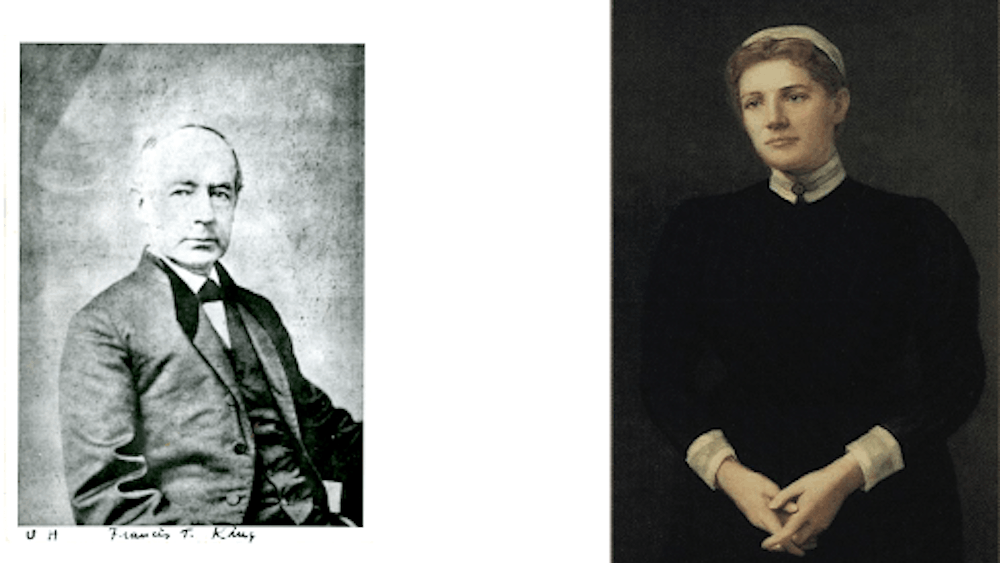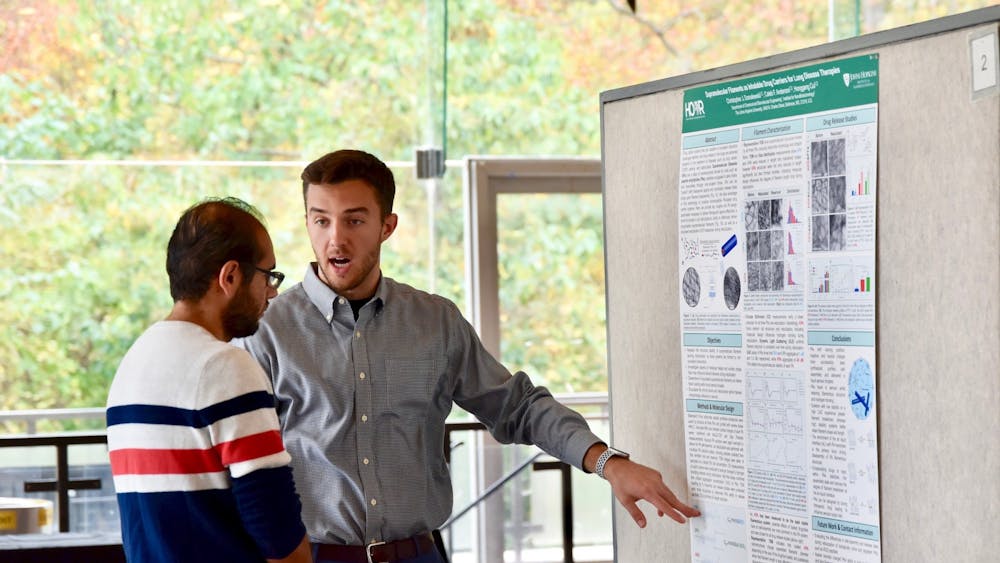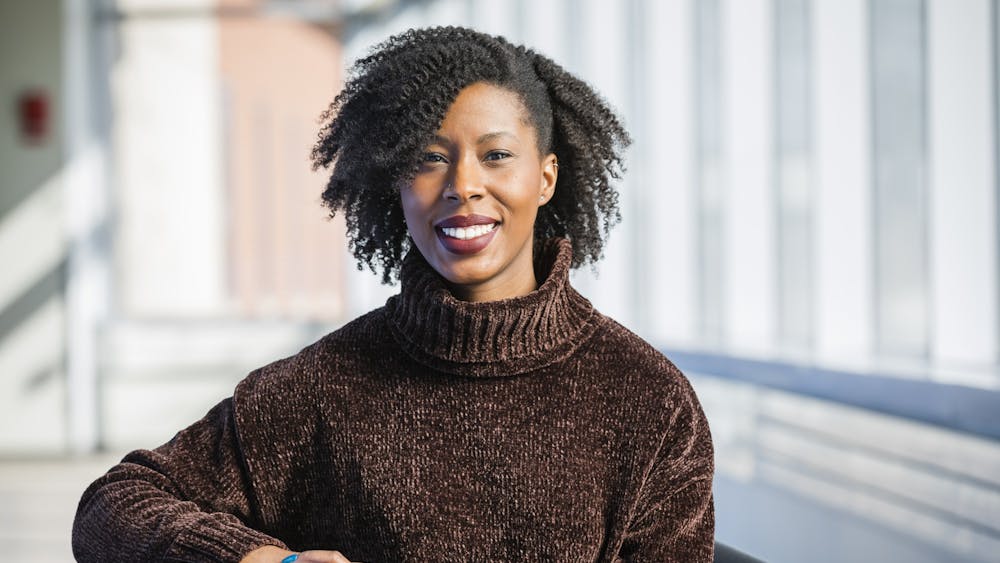Finals Health Series: Intermittent study breaks are not a waste of time
By SHIVNI PATEL | December 5, 2019Every student has been there at some point. Massive projects and exams are looming on the horizon, and one begins to feel the pressure for every moment of the day to be occupied with reading through the textbook and going through practice problems. It seems as if there is so much work to do, and it feels as if there is no room for downtime.



